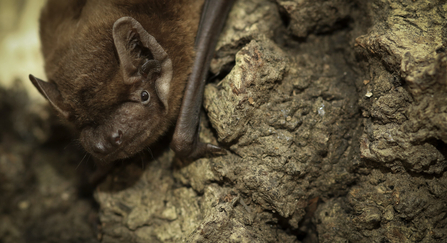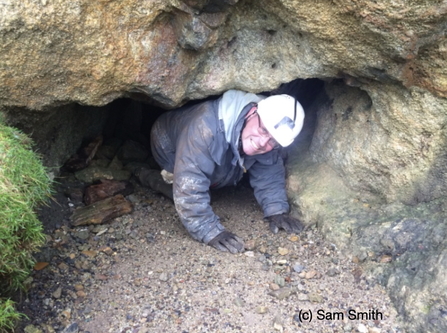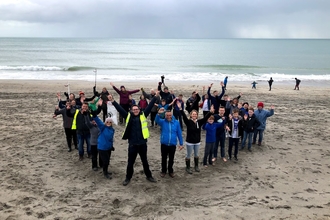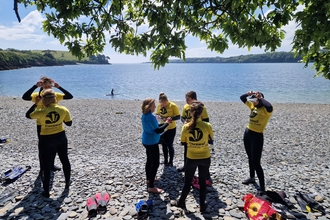The National Bat Monitoring Programme is a series of bat surveys undertaken annually by thousands of dedicated volunteers; this allows for long-term monitoring of British bat populations. Cornwall Bat Group are actively involved in organising these surveys throughout the county and in all seasons. These range from winter hibernation counts to summer roost counts and field surveys. Some surveys require a licenced bat worker to lead the event, but all surveys are open to volunteers.
Counting for Conservation - Long term monitoring of our Cornish bats

There are different types of surveys each with their own methodology, however the first step is to find the bats! Cornwall Bat Group work closely with homeowners, landowners and conservation groups to locate the roosts and foraging areas.
These surveys give us a glimpse into nocturnal activities, not only do we get to see and hear bats but also the other creatures that come out at night enriching our enjoyment of all types of wildlife. The surveys help to gather data which is used to produce populations trends for 11 of our bat species, the data from 25 years of surveys gives us an amazing insight into how the bat populations are doing and is all thanks to the volunteer. The surveys also help homeowners appreciate their bats and take responsibility for their safekeeping, protecting the roosts for the foreseeable future.

WildNet - Tom Marshall
Bob Bossito, an avid birder for over 20 years but new to the world of bats joined us on an NBMP roost count on the North Cornish Coast and was amazed at what he was able to see: ‘Suddenly a fairly large bat absolutely zoomed right past my nose! And then another! Motoring along the coast path, only just above the floor. As my detector starting uttering alien like noises and with the frequency at about 80kHz, I knew these must be the rare Greater Horseshoe and they just kept coming! I couldn’t believe how close they were and how acrobatic their flight was.’
The National Bat Monitoring Programme is run by the Bat Conservation Trust. Having standardised methodology helps to ensure the surveys are repeatable and comparable. In addition, it means the surveys are relatively straightforward to set up and there is a wealth of resources available. The only issue is the bats; they don't always do what we expect and sometimes they can abandon a roost leaving us staring at an empty building at dusk!

What can you do?
Did you know if you have a bat roost in your house you too can help with monitoring. It's a straightforward process to sign up and all the information you need is available from the Bat Conservation Trust. If you need a little extra help identifying your bat species then a volunteer from Cornwall Bat Group can help out on the first survey – drop us a line at Cbgchair@yahoo.com. Don't panic if you don't have your own bat roost, there are a number of events throughout the year where you can help Cornwall Bat Group with monitoring.

Sam Smith




